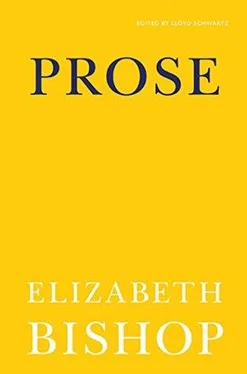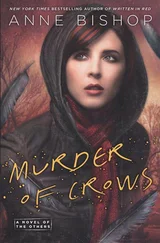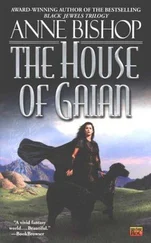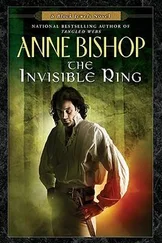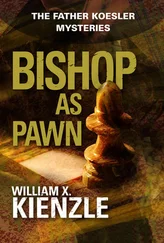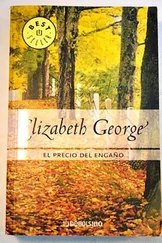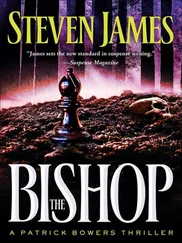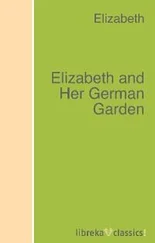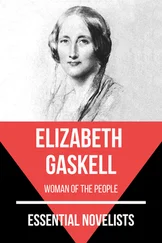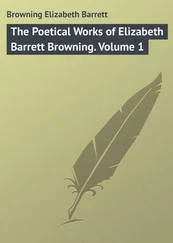Come, shall we go and kill us venison?
And yet it irks me the poor dappled fools,
Being native burghers of this desert city,
Should, in their own confines, with forked heads
Have their round haunches gor’d.
As You Like It
It was perhaps consoling and popular to think that the animals were just like the citizenry, but how untrue, and one feels Miss Moore would feel, how selfish. There are morals a’plenty in animal life, but they have to be studied out by devotedly and minutely observing the animal, not by regarding the deer as a man imprisoned in a “leathern coat.”
Her unromantic, life-like, somehow democratic, presentations of animals come close to their treatment in Chinese art, and I believe she feels that the Chinese have understood animals better than any other people.
Such are Miss Moore’s gifts of portraying animal physiology and psychology that her unicorn is as real as their dragons:
this animal of that one horn
throwing itself upon which head foremost from a cliff
it walks away unharmed,
proficient in this feat, which like Herodotus,
I have not seen except in pictures.
With all its inseparable combinations of the formally fabulous with the factual, and the artificial with the perfectly natural, her animal poetry seduces one to dream of some realm of reciprocity, a true lingua unicornis.
1948
Annie Allen by Gwendolyn Brooks
Like Miss Brooks’ first book of verse, this explores the life of the Northern urban Negro. The material is the same, the scene has not changed; but here Miss Brooks has turned from her earlier poetic realism to a strain of lyric emotion. She has turned, too, to elaboration and experimentation in language which, although not always successful, shows her desire not only to break out of set patterns but to make the tone of her work as variegated as possible. The story of Annie Allen becomes a kind of kaleidoscopic dream; and the wildly colored images and symbols shake into a design both stirring and moving, as the lyrics of which it is composed draw to their end. The poet’s feeling for form is basic and remarkable. If her sonnets are dramatically projected, they are also classically firm. This underlying firmness, this sense of form, holds the book together despite its moments of extravagance.
1950
XAIPE: 71 Poems by E. E. Cummings
The famous man of little-letters, e. e. cummings, presents here his first book of poems since 1 × 1 appeared in 1944. It is appropriate that the book should appear in the spring, since spring is Mr. Cummings’ favorite season, speaking to him of flowers, rain, new moons, love and joy. Most of the seventy-one poems take up these themes, but there is the usual scattering of involuted and sometimes rather unpleasant epigrams, and this time a few sympathetic and touching portraits as well. Often Mr. Cummings’ approach to poetry reminds one of a smart-alec Greenwich Village child saying to his friends: “Look! I’ve just made up a new game. Let’s all write poems. There! I’ve won!” And in front of the wood-and-coal man’s basement shop, on the wall of the Chinese laundry, along the curbs of the dingy but flourishing park, appear poems and ideograph-poems in hyacinth-colored chalks. The obscene and epigrammatic ones have most of this happy hoodlum quality; in the others he is still playing his game and winning it, but it has been refined into a game resembling a one-man Japanese poetry competition, using the same symbols over and over again, formally, but delicately, freshly and firmly, as no one else can.
In this collection there is a poem in memory of the critic Peter Monroe Jack, a particularly fine one in memory of Ford Madox Ford, one on a wood-and-coal man, and one on “chas sing,” a laundryman. One can still enjoy Cummings’ inexhaustible pleasure in double o’s, parentheses and question marks, but when honi soit qui mal y pense becomes “honey swo R ky mollypants” one feels that something should be done about it. Yet at his best he remains one of our greatest lyricists.
1950
Emily Dickinson’s Letters to Doctor and Mrs. Josiah Gilbert Holland. Edited by their granddaughter, Theodora Van Wagenen Ward (Harvard University Press; $4).
In a sense, all of Emily Dickinson’s letters are “love-letters.” To her, little besides love, human and divine, was worth writing about, and often the two seemed to fuse. That abundance of detail — descriptions of daily life, clothes, food, travels, etc. — that is found in what are usually considered “good letters” plays very little part in hers. Instead, there is a constant insistence on the strength of her affections, an almost childish daring and repetitiveness about them that must sometimes have been very hard to take. Is it a tribute to her choice of friends, and to the friends themselves, that they could take it and frequently appreciate her as a poet as well? Or is it occasionally only a tribute to the bad taste and extreme sentimentality of the times?
At any rate, a letter containing such, to us at present, embarrassing remarks as, “I’d love to be a bird or a bee, that whether hum or sing, still might be near you,” is rescued in the nick of time by a sentence like, “If it wasn’t for broad daylight, and cooking-stoves, and roosters, I’m afraid you would have occasion to smile at my letters often, but so sure as ‘this mortal’ essays immortality, a crow from a neighboring farmyard dissipates the illusion, and I am here again.” In modern correspondence expressions of feeling have gone underground: but if we are sometimes embarrassed by Emily Dickinson’s letters we are spared the contemporary letter-writer’s cynicism and “humor.”
* * *
This beautifully edited collection of ninety-three letters written to Doctor and Mrs. Holland covers the last thirty-three years of Emily Dickinson’s life. Dr. Holland had begun his career as a rather reluctant country doctor, and he went on to become a wealthy citizen, a popular lecturer, the editor of the Springfield Republican, and finally the founder and editor of Scribner’s Monthly.
It is curious to think of the Dickinson family reading the Springfield Republican as religiously as they must have from the many glancing references to it; but except for generalizations usually turned into metaphors, current events rarely appear in these letters of gratitude and devotion. As in her poetry, Emily Dickinson is interested in Geography (in which “Heaven” seems to be one of the most familiar places) and the Seasons, and in her own combinations of both. “It is also November. The moons are more laconic and the sun-downs sterner, and Gibraltar lights make the village foreign. November always seemed to me the Norway of the year.” “February passed like a skate.… My flowers are near and foreign, and I have but to cross the floor to stand in the Spice Isles.” And in the concluding letters, when Mrs. Holland is visiting in Florida, Emily Dickinson speaks of it as if it were Heaven, with which she is familiar, as well as an earthly state of which she is very ignorant.
The use of homely images, and their solidity, remind one over and over of George Herbert, and as the letters grow more terse and epigrammatic, one is reminded not only of Herbert’s poetry but of whole sections of his “Outlandish Proverbs.” And one is grateful for the sketchiness: it is nice for a change to know a poet who never felt the need for apologies and essays, long paragraphs, or even for long sentences. Yet these letters have structure and strength. It is the sketchiness of the water-spider, tenaciously holding to its upstream position by means of the faintest ripples, while making one aware of the current of death and the darkness below.
Читать дальше
